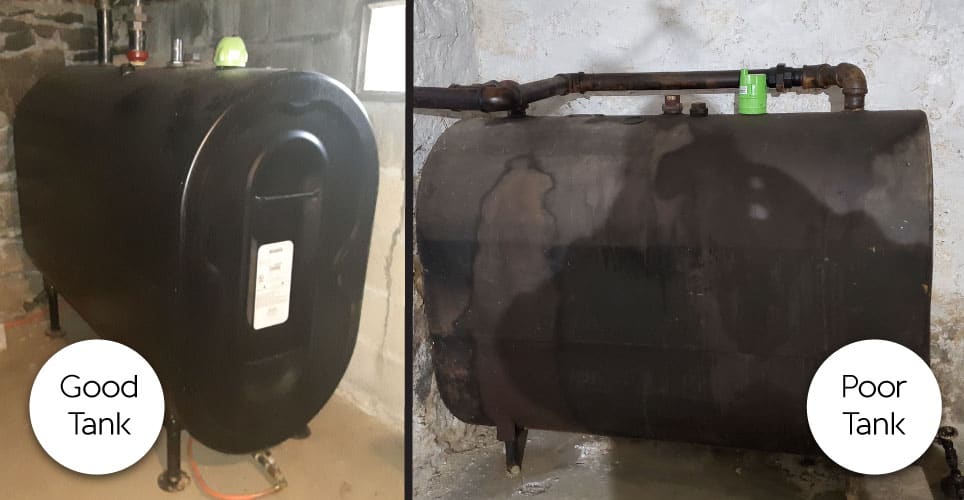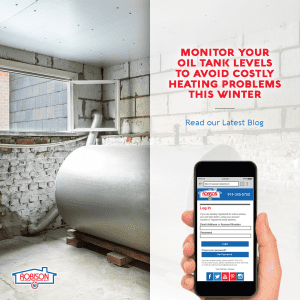Monitor Your Oil Tank Levels to Avoid Costly Winter Heating Problems
One of the great things about living in Westchester or Putnam County is the four seasons we get to enjoy. But let’s face it: it’s the dead of winter right now and while you may like spending time in the frosty outdoors, you will want to come back to a home that’s nice and toasty. If you own a home in the northeast, you’re probably well aware of the maintenance required to keep oil-fired systems running smoothly.
Best Practice #1. Regularly Check Your Oil Gauge to Monitor Levels and Watch for Leaks
The professionals at Robison Oil have got you covered! For 100 years, we’ve taken pride in being the foremost fuel and oil provider in the area. Part of that service is to help educate you, — our valued customers – on what you can do to keep your heating system running like a top and avoid potential problems down the road. Monitoring your tank’s fuel level can help avoid running out on a cold winter night. In addition, leaks can be extremely dangerous.
Best Practice #2: Unusual Times Call for Extra Vigilance
For your convenience, Robison tracks your oil usage and schedules automatic delivery based on the usage pattern you’ve established through the years. For even greater convenience, Robison also offers customers a free WiFi fuel monitor that keeps us apprised on your usage data. But as needs change, so might your usage pattern. For example, you may find you’re spending more time at home than you regularly would at this time of year due to COVID, putting an increased demand on your heating system. All the more reason why you should stay vigilant, monitor your oil level regularly and call Robison when it’s low to schedule your next delivery.
Best Practice #3: Arrange for Oil Delivery When the Tank is About One-Third Full
The heating oil tank gauge is typically found on top of the tank that comes with a series of markings (F, ½, ¼, etc.) that indicate just how full the tank is. If the marker is at the bottom of the gauge or not visible, your tank is – or is close to – empty. Don’t let this happen! To play it safe, call Robison to arrange for automatic fuel delivery when your marker hits the one-third full marker, or for extra assurance, have Robison’s WiFi monitor installed.
Best Practice #4: Check for Oil Gauge Accuracy
Conventional float type oil storage tank gauges are not precise in their monitoring of oil levels and should only be used as a guide as to what’s left in the tank. An alternative would be to do a manual check using a gauge stick (or yardstick). If you want your gauge checked for accuracy, call us for a professional assessment and calibration, or to have a WiFi fuel monitor installed.
Best Practice #5: Watch Out for Sludge
Finding sludge at the bottom of your oil tank is to be expected, formed by the rust, dirt, debris and fallout from the fuel that builds up over time. Don’t let oil levels drop so low that you’re burning the sludge itself. It can hurt the efficiency of your heating system or even break it completely.
The Robison Advantage
We’re just a phone call away when you need us! We’re here to make sure that you keep safe, warm and comfortable 24/7 by handling your oil tank needs — and all of your home system needs — with professionalism and courtesy. To learn more about our home oil delivery services or contact us today at 914-345-5700.


